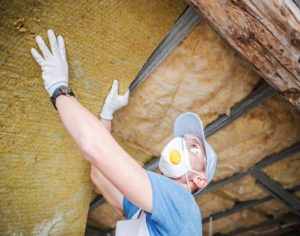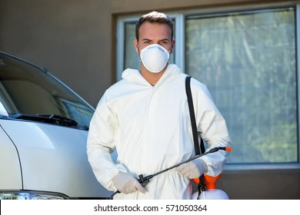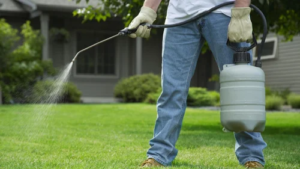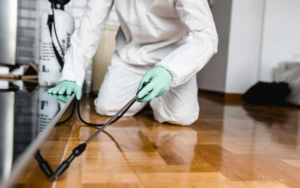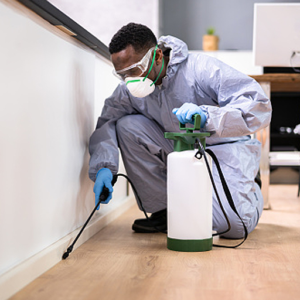Helena SEO is a digital marketing skill that’s in high demand and you can make a good living with it. That said, it takes time and effort to get results.

SEO uses technical, on-page and off-page strategies to optimize web pages for search engines – and ultimately, users. It’s a long-term investment in customer and business growth.
Keyword research is a core component of effective SEO strategy. It helps you understand what search queries people use to find information, products and services on the web, allowing you to create content that aligns with those needs and improve your chances of ranking in organic search results.
There are a few important factors to consider when conducting keyword research. First, you’ll want to determine the types of keywords that are most relevant to your business and that you can realistically rank for. This will help you set realistic expectations for the type of traffic and conversions you can expect from your site.
You’ll also want to consider the competition level for each keyword. Some keywords are more competitive than others, and may require more time and effort to rank for. Finally, you’ll want to assess the average monthly search volume for each keyword. High search volume keywords are more popular, and may be more likely to attract traffic.
Performing keyword research can be a time-consuming task, but it’s an essential step in ensuring that your content is optimized for search engines. With the right tools and strategies, you can quickly identify high-impact keywords that will help drive traffic to your website and increase visibility on search engines.
In addition to identifying the keywords that your audience is searching for, keyword research can also help you better understand their intent. For example, if someone searches for “affordable solar garden lights,” they’re probably looking for reviews and recommendations before making a purchase. This insight can help you create content that is more likely to convert visitors into customers.
While some SEO professionals will tell you that the most important metric for a keyword is its popularity, we believe it’s more important to assess the intent behind the query. This can be done by entering the keyword into a search engine and assessing the types of results that are returned. If the search results are informative and helpful, it’s likely that your content will meet the needs of your audience. If, on the other hand, the results are dominated by paid ads and unhelpful information, it’s unlikely that your content will be found by your audience.
On-Page Optimization
As the name suggests, on-page optimization refers to the techniques you can use on your website and within individual pages to improve SEO. It focuses on factors that you have direct control over, such as title tags, meta descriptions, image alt tags, internal links, and URL structure. On-page optimization is a key component of any effective SEO strategy, and it can help you achieve better search engine rankings.
On-page optimization starts with creating user-friendly content that addresses your target audience’s search intent. This includes writing informative, useful articles that provide the answers they’re looking for. It also includes optimizing your pages by using relevant keywords throughout your content. This way, your content will naturally attract more organic traffic from search engines.
Another part of on-page optimization is optimizing your website’s technical SEO, such as compressing images and ensuring that all your pages load quickly. This can make a huge difference in the user experience, as well as improving your site’s performance on both desktop and mobile devices.
Finally, on-page optimization includes ensuring that all your pages have a clear title tag and meta description. These are the short blurbs that appear on search engine results pages (SERPs). They tell people what your page is about and encourage them to click on it. A strong title tag and a descriptive meta description can make or break a page’s SERP ranking.
Lastly, on-page optimization includes using h1 and h2 header tags to organize your content. This is especially important if you have a lot of text. This will help search engines categorize your content and determine what keywords it should rank for.
Another part of on-page optimization is ensuring that all your pages have relevant internal links to other pages on your website. This helps search engines understand what your page is about and how it fits into the larger theme of your website. In addition, it helps search engines find related pages and give them more visibility on SERPs.
Off-Page Optimization
Off-page optimization is a crucial part of SEO that encompasses activities outside the website to improve search engine rankings. It includes link building, social media marketing, and engaging in online communities. These strategies can help you gain more visibility for your brand and attract new customers. However, it is important to understand that off-page SEO is different from on-page SEO and requires a balanced approach.
When it comes to off-page SEO, the number of links isn’t as important as the quality of those links. A high-quality link from a reputable source is more valuable than a low-quality link from a spammy domain. As such, it’s important to focus on creating shareable content that will attract natural links from other websites. Additionally, it’s important to focus on the quality of your content and avoid blatant keyword stuffing.
The most popular off-page optimization techniques include link building, social bookmarking, and forum posting. In the past, many people used to buy links and submit their websites to link directories in an attempt to increase their rank. However, Google has since updated its algorithm to penalize this practice. As a result, it’s best to focus on organically earning links from other sites by creating informative content that others will want to share.
Another important aspect of off-page optimization is social media marketing, which involves sharing your content on social networks to increase visibility and build brand awareness. This can be done by creating and promoting informative blog posts, videos, and other multimedia assets. It can also be done by encouraging customers to write reviews of your products or services on third-party review sites.
Off-page optimization is an essential component of any SEO strategy. It helps to establish your brand as an authority in the industry and boosts search engine ranking by increasing the number of quality backlinks. It also helps to build brand awareness and increase customer engagement. Although it takes time and effort to perform these tasks, they can produce long-term results. In addition, they can be a cost-effective way to increase traffic and sales for your business.
Link Building
A key component of SEO is link building, which is the process of getting other websites to link to yours. This helps search engines find your website and rank it higher in the results. Link building can also help increase your brand awareness and drive more traffic to your website.
Link building can be done through a variety of techniques, including creating links to your website from other websites, promoting your content, and using paid advertisements. It can be difficult to achieve success with link building, but it is important to try different tactics and find what works best for your business.
The most important factor in determining a website’s ranking is the number of quality backlinks it has. A backlink is a hyperlink on another website that points to yours. Having more backlinks can improve your search engine optimization, or SERP, which determines where you rank in search results.
There are a variety of methods for building links, including broken link building, which involves finding a dead page with lots of links and creating an alternative on your own website to get the same ranking as the original site. Another technique is submitting your website to directories to get listed. Other methods include HARO and journalist requests, which involve reaching out to journalists and asking for them to include an expert quote in their article or ask you questions about an industry topic.
To build links, you need something that’s worth linking to – a blog post, tool, research study, or some other type of valuable resource. This can be something that already exists, like a blog post or an existing tool, or it can be created specifically with link building in mind. If you’re looking to create a new linkable asset, start by studying the websites of your competitors. What types of resources do they have that are worth linking to?
There are a number of different ways to build links, including manual link building, paid advertising, and guest posting. However, it’s important to note that some of these methods are considered black hat and may lead to penalties from search engines. Some examples of black hat link building include indiscriminate link buying, bulk link selling, and spammy guest blogging. These practices are unlikely to result in long-term success and can actually harm your ranking if search engines catch you doing them.

